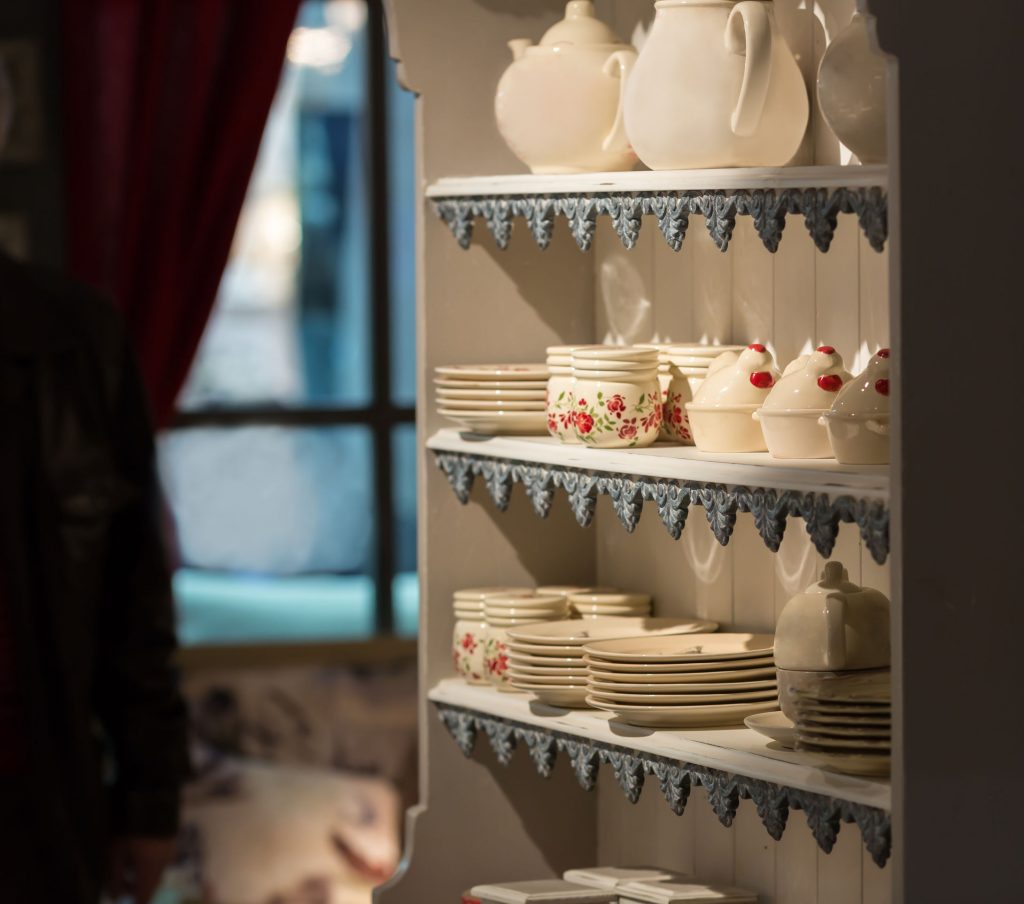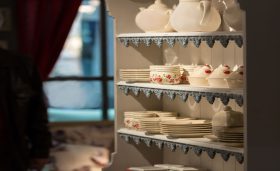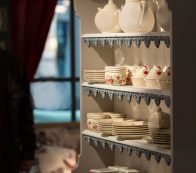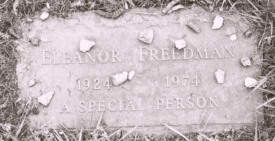
(123RF)
Mom had never owned anything of high quality. My parents didn’t splurge on luxurious things. But in the 1980s, Dad’s business was finally doing well, so every once in a while, there was a pot of money for her to spend on something she wanted. And what Mom wanted was to start her own china collection.
One year for Mom’s birthday, Dad gave her money. She ran to buy a soup tureen to add to her china collection. That Christmas, the sugar bowl and creamer appeared. My sisters, Kathy and Daniela, and I watched as her fine china collection doubled in size but still remained unused. “Still not enough to host a dinner party,” she said.
The first time we used the plates, when her collection was finally complete, was my Confirmation dinner. I don’t really remember what we ate that night, but it doesn’t matter. Because what I appreciate now, and couldn’t know then, was how that evening was the inauguration ceremony for a family heirloom that would eventually pass through many hands in my family.
READ: The Bread I Still Can’t Bear To Bake
The next day, Mom was standing at the kitchen sink, an apron tied around her waist, washing all the dishes. “I’ll do it myself,” she insisted when we offered to help. “I’d hate for any of these to break. They have to last a lifetime.”
I only ever recall the china coming out on one other occasion, my younger sister Daniela’s Confirmation dinner. That evening the dinner was catered. This time Mom needed help setting the table. After dinner, my aunts and cousins helped wash and put away the dishes.
It was the last time Mom used them. A few months later, Kathy, Daniela, and I watched her die from the aggressive cancer eating away at her young body. Mom and her beloved china were laid to rest. My sisters and I didn’t touch the dishes for years afterward.
On moving day, about a decade later, when our father sold our childhood home and we were all living in different places, the three of us divvied up some of Mom’s things. I opted for the piano, Daniela took Mom’s writing desk, and Kathy wanted the dishes. I was unsentimental about the china. “We only used those dishes twice,” I told Kathy. “I don’t want them.” With a sigh of relief, Kathy did a happy dance and loaded the china into boxes. She had inherited the dishes she loved, making a new home for them in her new home.
Holiday dinners were at Kathy’s and we came to expect the china on the table. Kathy and I had a little ritual: she’d stand at the stove, an apron tied around her waist, and wipe the edges of the pasta bowl clean of sauce drippings before passing the bowl on to me to serve. “Do you remember how much Mommy loved these dishes?” she’d ask me. And I’d nod. Then she’d say, “I love them, too,” and I’d notice her eyes look off into the distance, indulging in a nostalgic moment of her own.
Later, while we were all standing at the sink washing dishes, I’d suggest using dishwasher-safe dinnerware instead. “It’s important we carry on our traditions,” Kathy would insist.
READ: I Cherish My Mom’s Handwritten, Ingredient-Stained Recipe Cards
And then, one morning two and a half years ago, in her picture-perfect home filled with many fine things, Kathy took her own life. Devastated, we laid her to rest too.
Months later I made a trip to Kathy’s garage to pick up crates filled with her childhood mementos. There, in labeled banker boxes, individually wrapped in bubble wrap, I found every piece of Mom’s china. Opening the lids of the boxes, I was caught off guard by the beauty of the dishes. Off-white with a pale green stripe circling the perimeter and a thin gold line surrounding the rim of each piece, they looked as modern as the day Mom had brought them home 30 years ago. I realized that I was no longer indifferent to this china. It was coming home with me.
I unloaded the boxes of china and pictured my mother all those years ago unpacking her first boxes. This collection had outlived my mother and my sister. It will outlive me, too. But before I go, I want to see these plates lying on my dining table. I want to pour the piping hot rice and spinach soup I make every Christmas into the too-small soup bowls and dole out second helpings. I will let my guests know that these were my mother’s dishes and that they brought her joy. I will tell them that my sister Kathy reintroduced them to us for our families to enjoy.
Mom said they had to last a lifetime. Kathy wanted to keep our traditions alive. I hope that my own daughters will appreciate the power of preserving an heirloom that tells a story. Because that’s something the women in my family have long understood.
Gina Luongo is the author of “Slowly, Gradually, Gently,” a self-published memoir detailing her journey in learning to walk again following surgery to remove a cancer growing in her leg. Gina’s piece “Music As a Gift: A Personal Narrative” was published in the academic journal Music Est Donum. Her work has been published in Mothers Always Write, The Mighty, and 1888 Why I Write, and she has written online reviews for Writer’s Advice.









